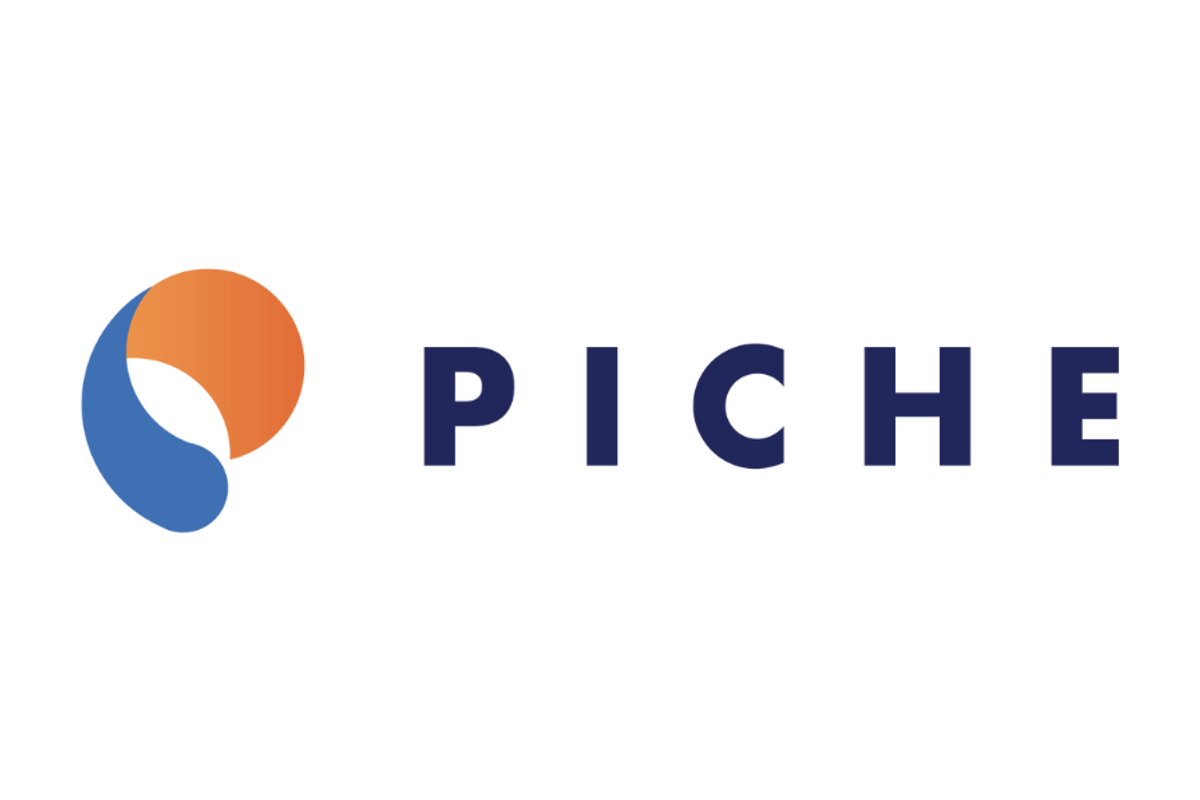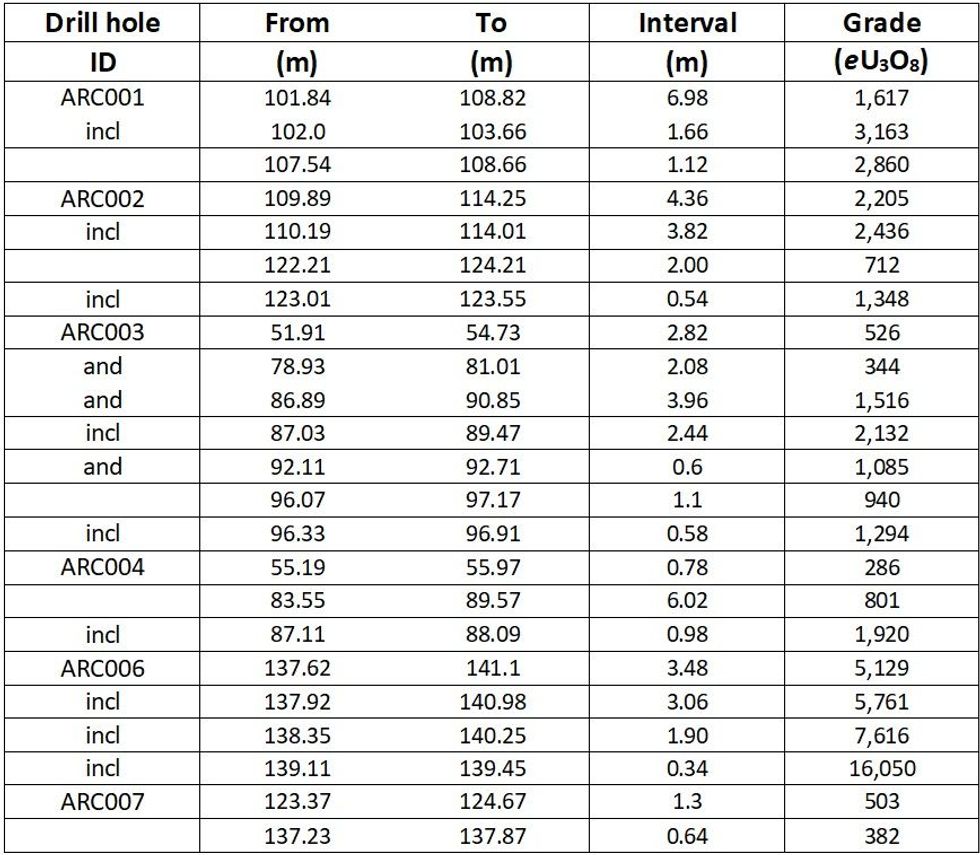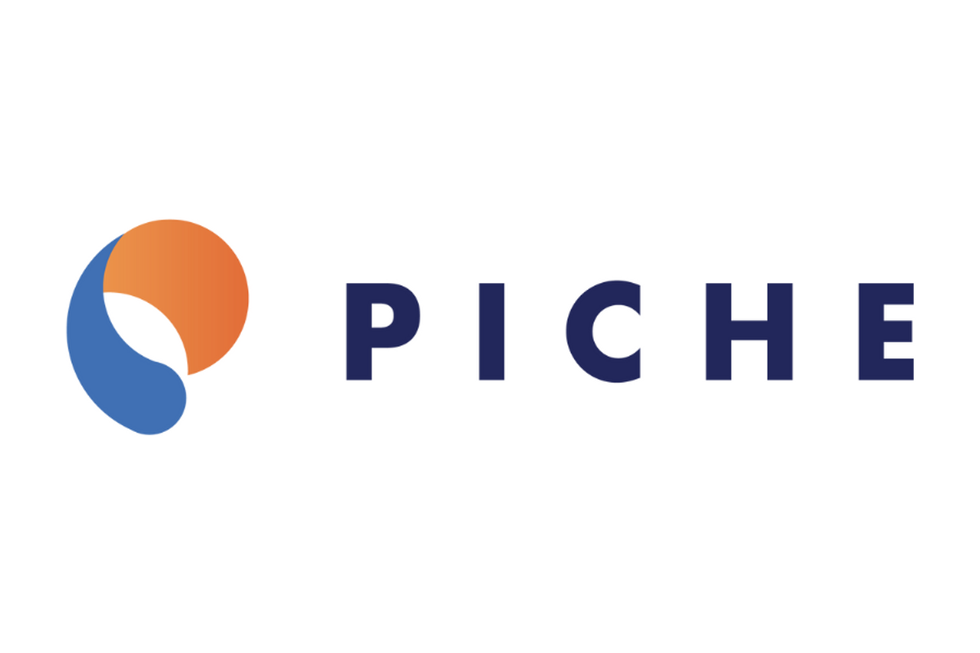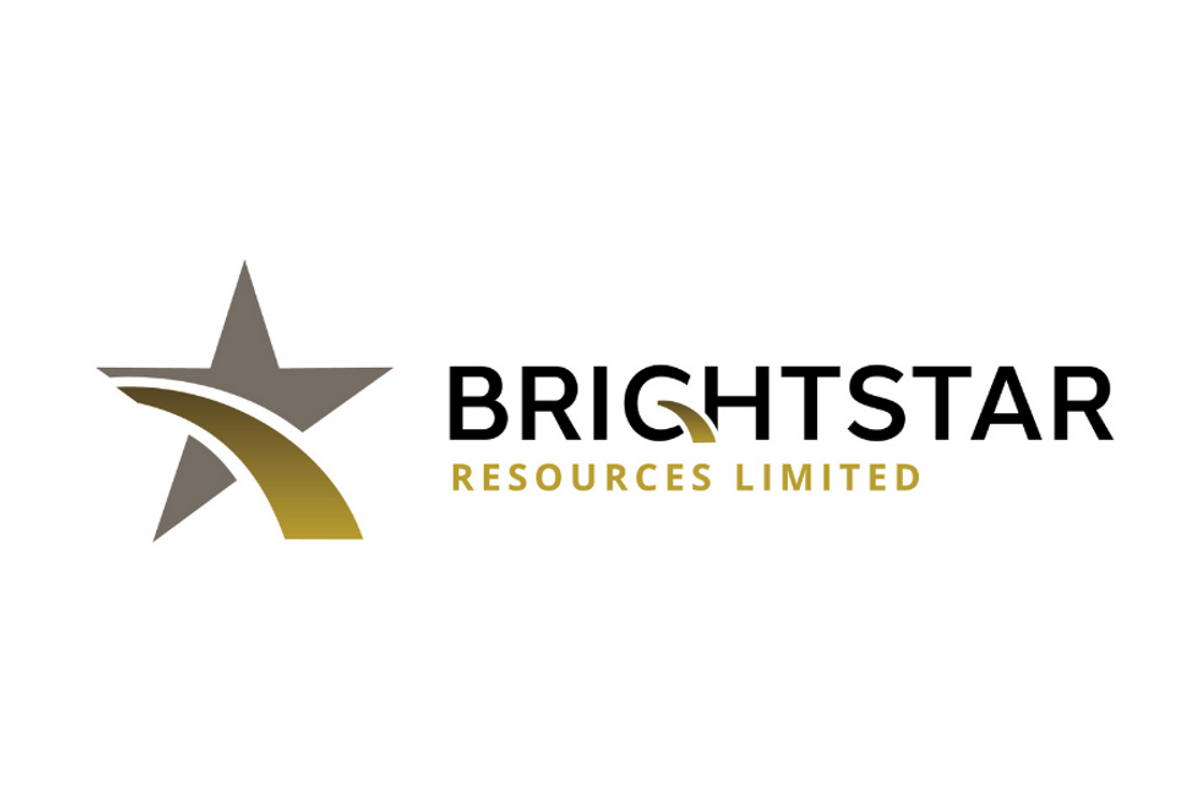
September 25, 2024
Piche Resources Limited (ASX: PR2) (“Piche” or the “Company”), is pleased to announce the first outstanding intersections received from its reverse circulation drilling programme on its Ashburton project in Western Australia. The results confirm the mineralisation and its downdip continuation at the Angelo A prospect.
HIGHLIGHTS
- Assay results from the first six reverse circulation (RC) drill holes completed at the Angelo A prospect within Piche’s Ashburton project have all returned significant high grade uranium mineralisation.
- Equivalent U3O8 concentrations have been calculated from downhole gamma surveys and results include:
- ARC001 6.98m @ 1,617 ppm eU3O8 from 101.84 metres
- ARC002 4.36m @ 2,205 ppm eU3O8 from 109.89 metres
- ARC003 3.96m @ 1,516 ppm eU3O8 from 86.89 metres
- ARC004 6.02m @ 801 ppm eU3O8 from 83.55 metres
- ARC006 3.45m @ 5,129 ppm eU3O8 from 137.62 metres incl 0.34m @ 16,050 ppm eU3O8 from 139.11 metres
- ARC007 1.30m @ 503ppm eU3O8 from 123.37 metres.
- The ongoing drilling programme is designed to confirm previous high grade uranium results at the Angelo A & B prospects, test a revised model for the controls on mineralisation and identify extensions to the existing mineralisation.
- The drilling is targeting Proterozoic unconformity style uranium mineralisation, like the Pine Creek Geosyncline in Australia and the Athabasca Basin in Canada.
- Further RC results will be released as the drilling programme continues and a diamond drill rig will be mobilised to site in the coming week.
The continuing drilling programme is being undertaken at, and along strike of, the Angelo A prospect. No exploration activities have been carried out at Angelo A over the last 40 years.


*ARCD005 is a pre-collar to a planned diamond drillhole which will be completed on arrival of the diamond drill rig
The drill rig will move to Angelo B prospect, approximately 1.3km to the northeast, following the completion of the Angelo A drilling.
This programme will be followed by a diamond drilling programme scheduled for later this month. These drilling programmes are planned to confirm the results from previous exploration by drilling several twin holes, to test a revised model for the control of the uranium mineralisation and explore for extensions to the mineralisation identified between 1973 and 1984.
The project area is located approximately 140km to the west-southwest of Newman in the Pilbara region of Western Australia (Figure 1). Piche holds three tenements totalling about 122km2 in its Ashburton Project (Figure 2).
Piche’s Managing Director, Stephen Mann, commented:
“The Company is very excited following the receipt of results from the first six holes of Piche’s initial drilling programme on its Ashburton Project. Not only have we confirmed the historical results with several twin holes, but we have shown that the mineralization continues downdip. Drilling to date has confirmed that mineralisation occurs within the typical unconformity model, with highly altered uranium rich sandstones at the unconformity, and the potential of mineralized “feeder” zones extending steeply below that unconformity zone. It is expected that further drilling in this campaign should result in more clarity of the distribution and controls of mineralization”.
Previous explorers at the Ashburton Project area focused their efforts on the unconformity between the mid Proterozoic sandstones and the early Proterozoic basement complexes.
The Ashburton Project area hosts unconformity-related uranium mineralisation. Unconformity uranium style deposits constitute approximately 20% of Australia’s total uranium resources and about one-third of the western world’s uranium resources and include some of the largest and richest uranium deposits2. Minerals are uraninite and pitchblende. The main deposits occur in Canada (the Athabasca Basin, Saskatchewan and Thelon Basin, Northwest Territories); and Australia (the Alligator Rivers region in the Pine Creek Geosyncline, NT and Rudall Rivers area, WA1). In both Canada and Australia mineralisation is often found at the unconformity and in the basement complex well below the unconformity.
Uranium mineralisation at the Ashburton Project area occurs along the Lower Proterozoic Wyloo Group/Mid Proterozoic Bresnahan Group contact. Uranium mineralisation has previously been identified from broad spaced drilling at Angelo A and B prospects (Figure 3). Mineralisation intersected in this first phase of drilling by Piche has identified significant uranium at, or near the unconformity, but also in units immediately above the unconformity and well into the underlying basement units. Mineralisation is commonly associated with hematitic alteration of felspathic medium to coarse grained sandstones and is spatially associated with carbonaceous and graphitic shales. Visible uraninite has been recognised in several intersections.
Click here for the full ASX Release
This article includes content from Piche Resources, licensed for the purpose of publishing on Investing News Australia. This article does not constitute financial product advice. It is your responsibility to perform proper due diligence before acting upon any information provided here. Please refer to our full disclaimer here.
silver investinguranium investingasx stocksasx:pr2gold explorationgold investinggold stockscopper investing
PR2:AU

Sign up to get your FREE
Piche Resources Investor Kit
and hear about exciting investment opportunities.
- Corporate info
- Insights
- Growth strategies
- Upcoming projects
GET YOUR FREE INVESTOR KIT
The Conversation (0)
30 July
Piche Resources
Targeting globally significant uranium and gold discoveries in Australia and Argentina
Targeting globally significant uranium and gold discoveries in Australia and Argentina Keep Reading...
04 December
Commences Maiden RC Drilling at Cerro Chacon Gold Project
Piche Resources (PR2:AU) has announced Commences Maiden RC Drilling at Cerro Chacon Gold ProjectDownload the PDF here. Keep Reading...
06 November
Reinstatement to Quotation
Piche Resources (PR2:AU) has announced Reinstatement to QuotationDownload the PDF here. Keep Reading...
06 November
$2million placement to advance Argentine exploration
Piche Resources (PR2:AU) has announced $2million placement to advance Argentine explorationDownload the PDF here. Keep Reading...
30 October
Quarterly Activities Report
Piche Resources (PR2:AU) has announced Quarterly Activities ReportDownload the PDF here. Keep Reading...
30 October
Quarterly Appendix 5B Cash Flow Report
Piche Resources (PR2:AU) has announced Quarterly Appendix 5B Cash Flow ReportDownload the PDF here. Keep Reading...
26 December
Rick Rule, Ed Steer, Vince Lanci and More — Our Top 5 Interviews of the Year
2025 was a breakout year for gold and silver, and throughout its twists and turns the Investing News Network (INN) turned to experts for help navigating the markets.The INN team spoke with dozens of industry insiders over the course of the year, spending time with seasoned professionals who can... Keep Reading...
25 December
Jeffrey Christian: Gold, Silver at Record Prices, Expect Spikes Higher in 2026
Jeffrey Christian, managing partner at CPM Group, shares his outlook for gold and silver in 2026, explaining why he expects higher prices for the metals. "We think that 2026 is going to be a more hostile environment than 2025, and that will cause investors to buy more gold and silver. So we're... Keep Reading...
24 December
What Was the Highest Price for Gold?
Gold has long been considered a store of wealth, and the price of gold often makes its biggest gains during turbulent times as investors look for cover in this safe-haven asset.The 21st century has so far been heavily marked by episodes of economic and sociopolitical upheaval. Uncertainty has... Keep Reading...
24 December
Blackrock Silver Announces C$15 Million Strategic Investment by Two Cornerstone Purchasers
Blackrock Silver Corp. (TSXV: BRC,OTC:BKRRF) (OTCQX: BKRRF) (FSE: AHZ0) ("Blackrock" or the "Company") is pleased to announce a non-brokered private placement (the "Offering") of up to 13,636,363 units (the "Units") at a price of C$1.10 per Unit for gross proceeds of up to C$15,000,000. Each... Keep Reading...
24 December
Gold Price Hits New Record, Breaks US$4,500; Silver, Platinum Also at All-time Highs
Gold marked a new price milestone on Tuesday (December 23), continuing its record-breaking 2025 run. The spot price rose as high as US$4,511.83 per ounce, hitting that point at 4:04 p.m. PST. Don't forget to follow us @INN_Resource for real-time updates!Securities Disclosure: I, Charlotte... Keep Reading...
23 December
November campaign production update
Brightstar Resources (BTR:AU) has announced November campaign production updateDownload the PDF here. Keep Reading...
Latest News

Sign up to get your FREE
Piche Resources Investor Kit
and hear about exciting investment opportunities.
- Corporate info
- Insights
- Growth strategies
- Upcoming projects
GET YOUR FREE INVESTOR KIT
Interactive Chart
Latest Press Releases
Related News
TOP STOCKS
American Battery4.030.24
Aion Therapeutic0.10-0.01
Cybin Corp2.140.00







